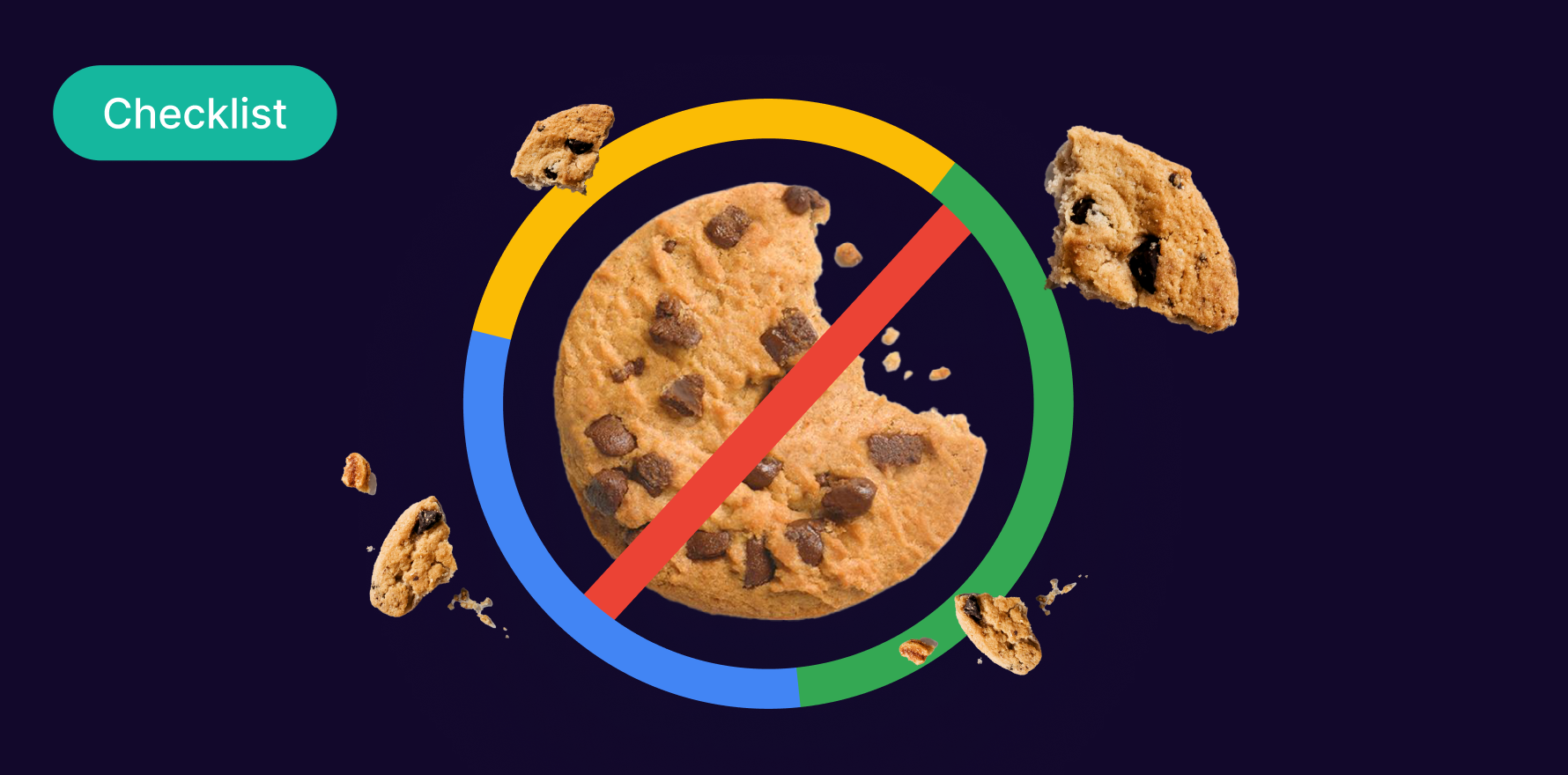What is Server Side Tracking?
Server side tracking involves collecting and processing user data on the server rather than the client’s browser. This method enhances data accuracy, security, and control by bypassing browser limitations and ad blockers.
Formula
Example
An e-commerce site uses server-side tracking to monitor user purchases. When a user completes a purchase, the data is sent from the server to the analytics platform, ensuring accurate tracking even if the user has an ad blocker enabled.
Why is Server Side Tracking important?
Server-side tracking is crucial for:
1) Enhancing data accuracy by avoiding client-side limitations.
2) Improving data security and privacy compliance.
3) Ensuring consistent data collection despite ad blockers or browser restrictions.
4) Gaining better control over tracking processes and data management.
Which factors impact Server Side Tracking?
Several factors can influence server-side tracking, including:
1) Server Configuration: Proper setup and maintenance of server endpoints.
2) Data Security: Implementing robust security measures to protect data.
3) Compliance: Ensuring adherence to privacy laws and regulations.
4) Integration: Seamless integration with other analytics and marketing tools.
How can Server Side Tracking be improved?
To enhance server-side tracking, consider:
1) Implementing Security Protocols: Use encryption and secure connections to protect data.
2) Regular Audits: Conduct periodic reviews to ensure accurate data collection.
3) Data Validation: Implement validation checks to maintain data integrity.
4) Comprehensive Integration: Ensure server-side tracking integrates well with other data systems.
What is Server Side Tracking’s relationship with other metrics?
Server-side tracking complements metrics like conversion rate, user engagement, and ROI by providing more accurate and reliable data. By ensuring data accuracy and overcoming client-side limitations, it helps marketers make better-informed decisions and optimize their strategies effectively. This integration enhances overall analytics, leading to improved campaign performance and business insights.
Free essential resources for success
Discover more from Lifesight
























































